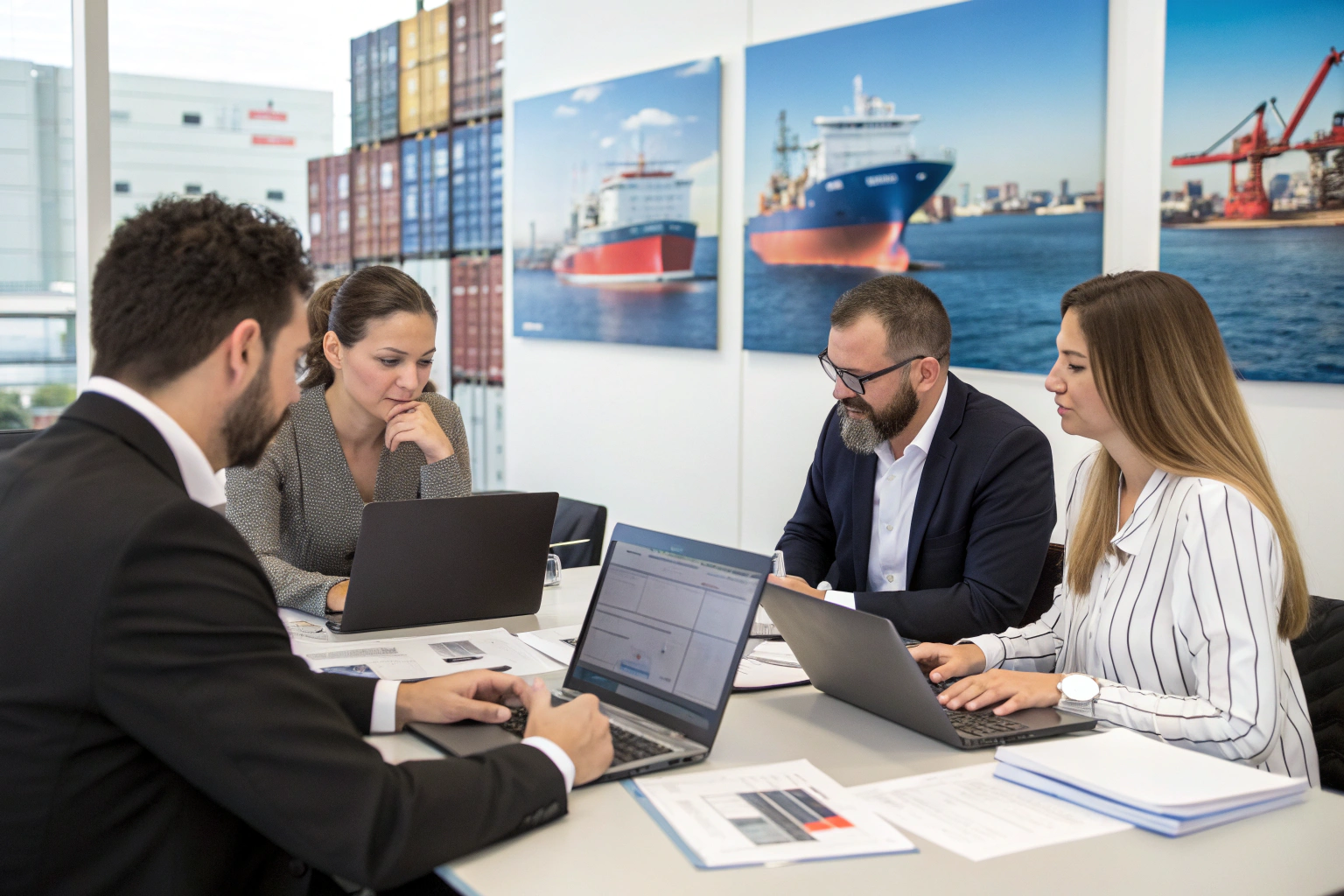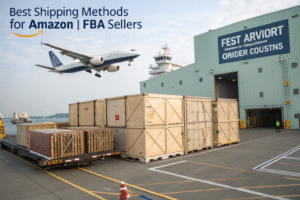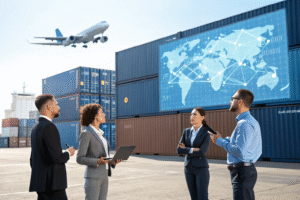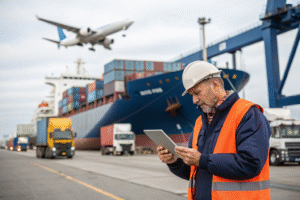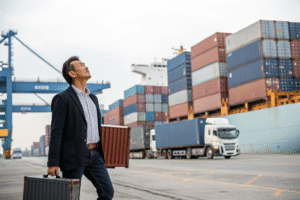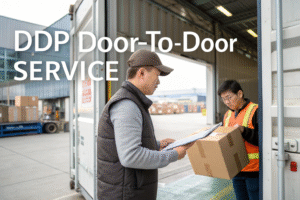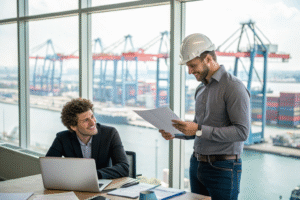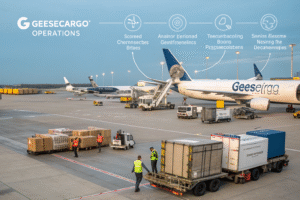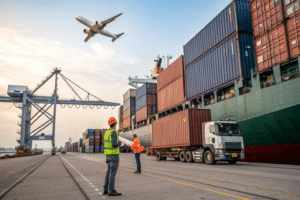As a business owner shipping goods from China to the U.S., you've likely faced frustrating delays at ports. You need your cargo to move fast. The secret to avoiding these holdups often lies with your freight forwarder. Specifically, it hinges on the strong relationships they build with port authorities and terminal operators. A forwarder with solid port connections can get your shipment prioritized, solve problems quickly, and ultimately save you time and money. So, how exactly do we, as freight forwarders, cultivate these critical relationships to make your supply chain smoother?
The key lies in a multi-faceted approach built on consistent communication, proving reliability through volume, investing in technology integration, and fostering genuine, trust-based professional networks. These elements combine to create partnerships that directly benefit your shipping experience, ensuring efficiency and problem-solving when you need it most.
Understanding this process can help you choose a forwarder who truly has the pull to navigate complex port ecosystems. Let's dive into the specific strategies that make this possible.
Why Are Strong Port Relationships Crucial for Shipping Efficiency?
When your goods are sitting at a port, every hour counts. Strong port relationships are the engine that keeps everything moving. For you, the importer, this translates to fewer delays, lower costs, and much less stress. It's the difference between your shipment being first in line or stuck in a queue. I've seen it time and again: a trusted relationship can mean a container is processed before the cut-off time, saving a client a whole week of delay.
In essence, these relationships are the backbone of a reliable supply chain, directly impacting transit times, cost control, and problem-resolution capabilities. A forwarder without these connections is simply a middleman; a forwarder with them is your strategic partner on the ground.
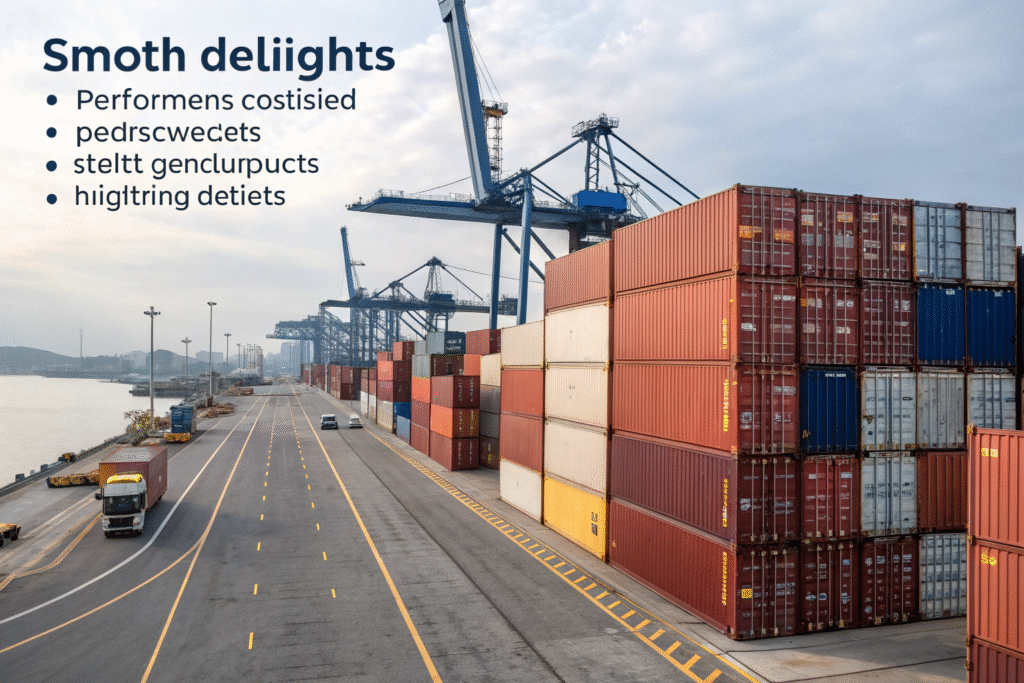
What Tangible Benefits Do These Connections Offer?
The advantages are immediate and concrete. First, we get priority handling. When we have a proven track record of providing consistent, high-volume business to a port, our shipments often receive preferential treatment. This means faster vessel berthing, quicker container unloading, and reduced waiting times at the gate. For your business, this reliability is everything. Second, it grants us streamlined access to crucial information. We often get advance notice on schedule changes, port congestion, or new regulatory requirements from our contacts. This allows us to proactively reroute your cargo or adjust plans, avoiding costly surprises. You stay informed, and your supply chain remains predictable.
How Does This Directly Solve Importer Pain Points?
Your main concerns—timeliness, cost, and security—are directly addressed. On timeliness, our relationships help bypass bureaucratic red tape. A simple phone call to the right person can resolve an issue that might otherwise take days through formal channels. Regarding costs, efficient port handling minimizes demurrage and detention charges. These are the fees you pay when a container is left at the port too long. By moving your goods quickly, we help you avoid these unnecessary expenses. Finally, for security, trusted relationships mean we work closely with port security and customs officials to ensure all procedures are followed correctly, reducing the risk of inspections or holds. This end-to-end compliance is critical for a smooth door-to-door service.
What Are the First Steps in Building Port Relationships?
Building these bonds doesn't happen overnight. It starts with a deliberate and professional approach. The first contact is often formal, initiated by our business development team. They meet with port commercial managers to introduce our company, GeeseCargo, and outline the volume of business we intend to bring. This is a foundational step, setting the stage for a mutually beneficial partnership. We don't just show up; we come with a plan and a commitment.
The initial phase is all about establishing a formal presence, demonstrating serious intent, and laying the groundwork for trust through structured communication and agreements.
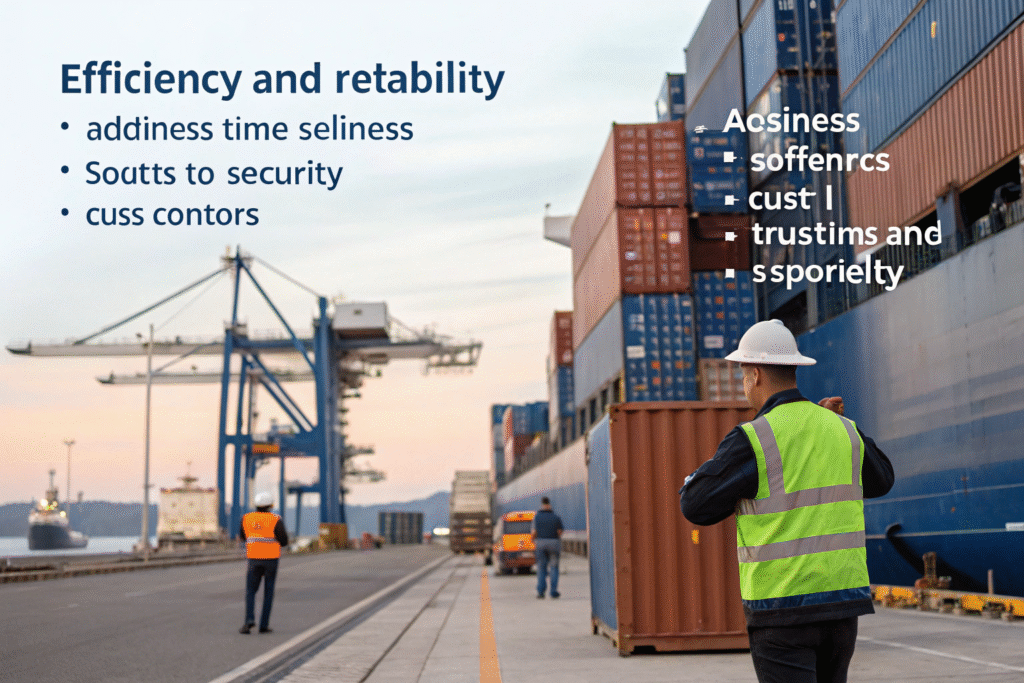
How Do We Initiate Contact and Set Expectations?
We begin by identifying the key decision-makers at the port, such as the commercial director or operations manager. We then schedule formal meetings to present our company profile, our years of experience on major routes like China to the U.S., and our forecasted shipping volumes. This isn't a casual chat; it's a business proposal. We clearly state what we need—efficient service and clear communication—and we listen to what the port needs from us. This mutual understanding is the first brick in building a strong, long-term relationship.
What Role Do Contracts and Agreements Play?
A handshake isn't enough. Formal contracts and service level agreements (SLAs) are essential. These documents legally define the expectations for both parties. They cover rates, liability, turnaround times, and communication protocols. For you, this means the service you receive is backed by a formal commitment, not just a promise. It ensures accountability and gives us a firm foundation to advocate for your shipment if standards aren't met. This formal framework protects your interests and gives our relationship with the port a clear structure.
How Do We Maintain and Deepen These Relationships?
Initial contact is just the beginning. The real work is in the daily maintenance and nurturing of these connections. This is where reliability is proven. We maintain constant communication, not just when there's a problem. Our operational team is in daily contact with port planners and crane operators, providing shipment details and confirming schedules. This consistent, reliable interaction builds a reputation for being a professional and easy-to-work-with partner.
Maintenance is a continuous cycle of performance, communication, and personal engagement that transforms a formal agreement into a trusted partnership.
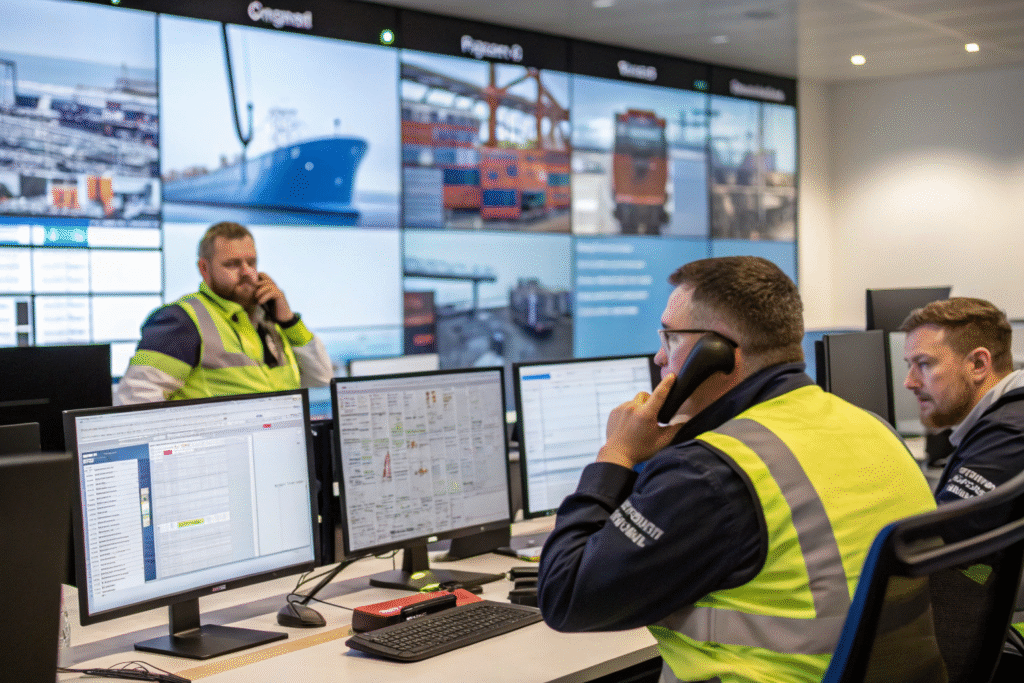
Why Is Consistent Performance and Volume Key?
Ports value forwarders who bring consistent and significant business. We prove our reliability by consistently providing a high volume of containers. This makes us an important client for the port. The following table shows how different performance levels impact the relationship:
| Performance Level | Impact on Port Relationship |
|---|---|
| High & Consistent Volume | Becomes a prioritized partner with better rates and service. |
| Reliable Documentation | Builds trust and ensures smooth, error-free operations. |
| Inconsistent or Low Volume | Remains a transactional client with standard, non-priority service. |
Furthermore, we ensure all our documentation is perfect. Accurate bill of lading and customs paperwork prevent delays at the terminal, showing the port that we are professional and respect their processes.
How Do Personal Connections and Technology Help?
Beyond numbers, people do business with people. Our senior staff regularly visits key ports to meet face-to-face. We attend industry events and port open days. These interactions build genuine rapport. At the same time, we invest in technology. We use Electronic Data Interchange (EDI) to connect our system directly with the port's system. This allows for real-time tracking and automated updates, reducing manual work and errors for both sides. This blend of high-tech and high-touch is a powerful combination for deepening ties.
What Are the Advanced Strategies for Long-Term Partnership?
For a forwarder to become a true strategic partner to a port, we must go beyond daily operations. We engage in joint initiatives that benefit both parties and, ultimately, you, the client. This involves collaborating on efficiency projects, sharing market intelligence, and aligning our goals for mutual growth. We move from being a service user to a value-adding partner.
Advanced strategies focus on creating mutual value through collaboration, innovation, and a shared commitment to improving the entire supply chain ecosystem.
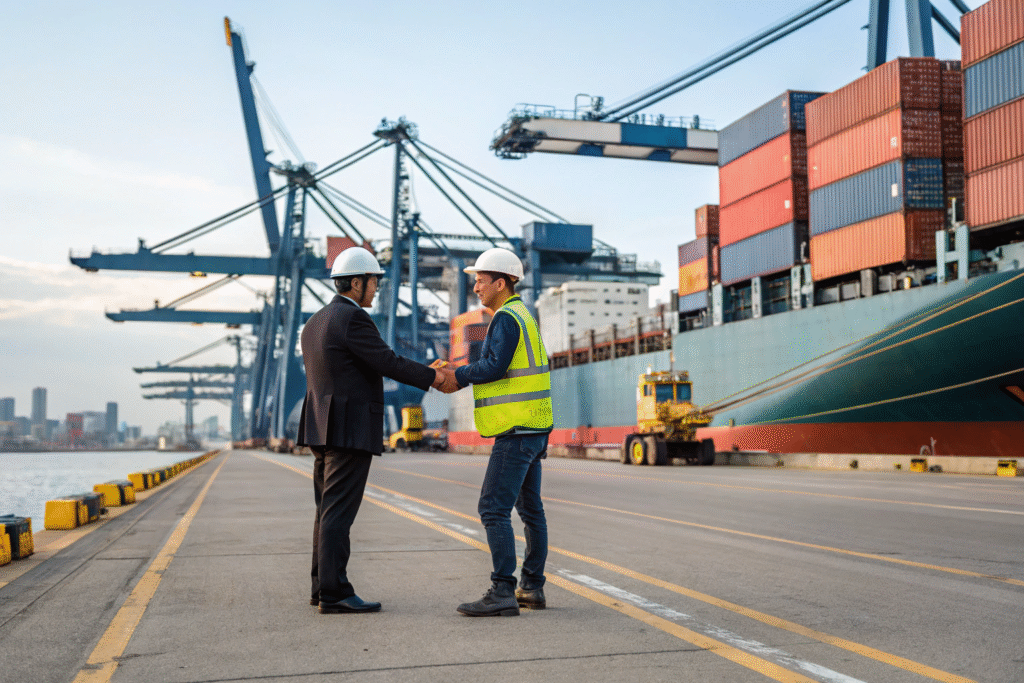
How Does Collaborative Problem-Solving Work?
When systemic issues arise—like chronic congestion at a certain terminal—we don't just complain. We work with port management to analyze the problem and propose solutions. For example, we might share data on truck arrival patterns to help them optimize gate hours. This proactive, solution-oriented approach shows that we are invested in the port's success as much as our own. It builds immense goodwill and positions us as a thought leader, not just a customer.
What is the Role of Joint Ventures and Exclusive Agreements?
In some cases, the relationship evolves to a more integrated level. For high-volume routes, we may enter into long-term space charter agreements or even discuss joint ventures for specific logistics parks near the port. These deep commitments guarantee us capacity and priority during peak seasons. For you, this means unparalleled stability and access to capacity when others are struggling to find space on ships. It's the ultimate expression of a trusted, long-term partnership that directly secures your supply chain.
Conclusion
Building strong relationships with ports is a complex, ongoing effort that requires a strategic blend of volume, reliability, communication, and genuine partnership. It's not about a single transaction but about cultivating trust and demonstrating value over time. As your freight forwarder, this is the invisible work we do behind the scenes every day. These relationships are our most valuable asset because they directly translate into a faster, more reliable, and cost-effective shipping experience for you. When you choose a partner like GeeseCargo, you are not just hiring a service; you are leveraging our hard-earned network at ports across the globe to ensure your goods move seamlessly from the factory in China to your warehouse in the U.S.
